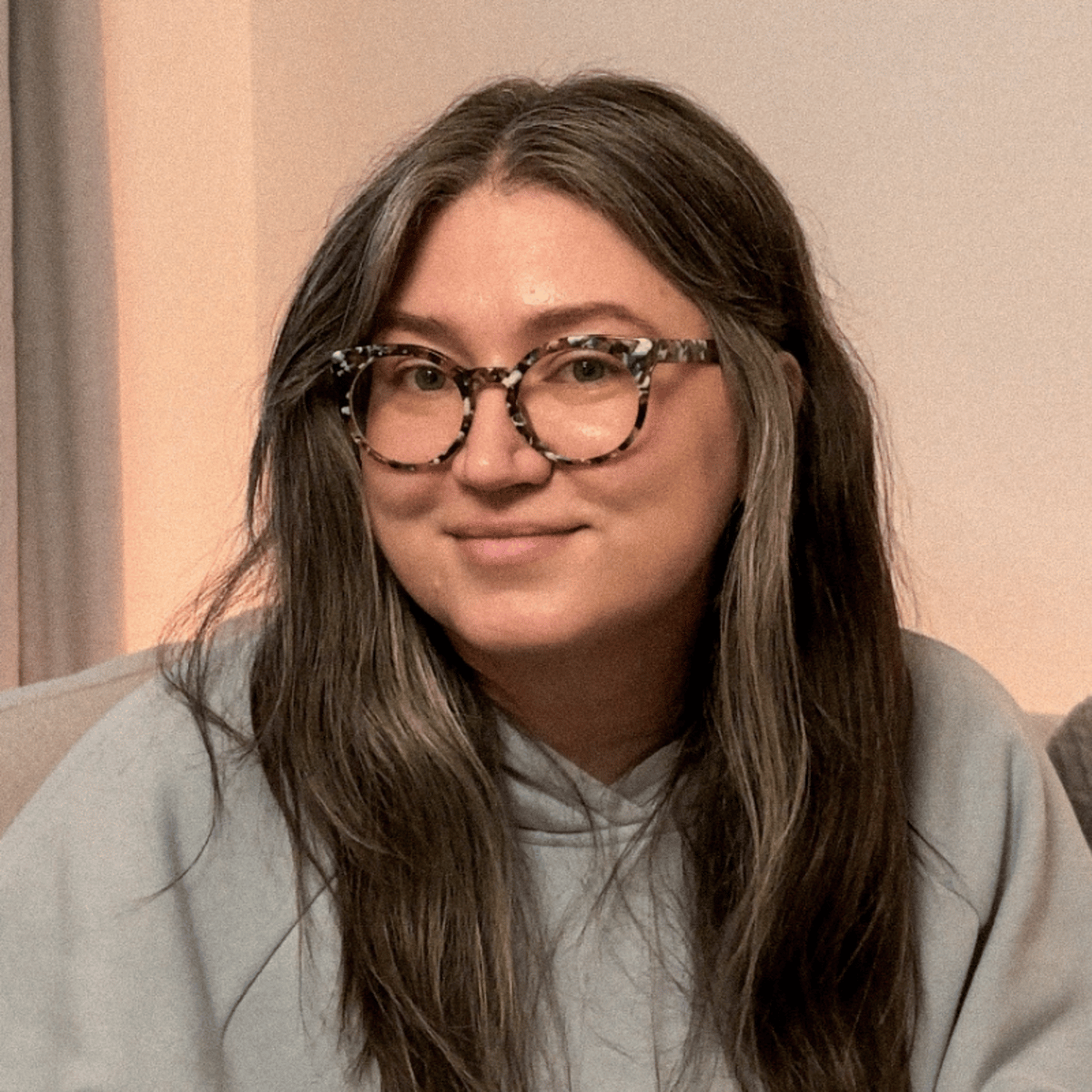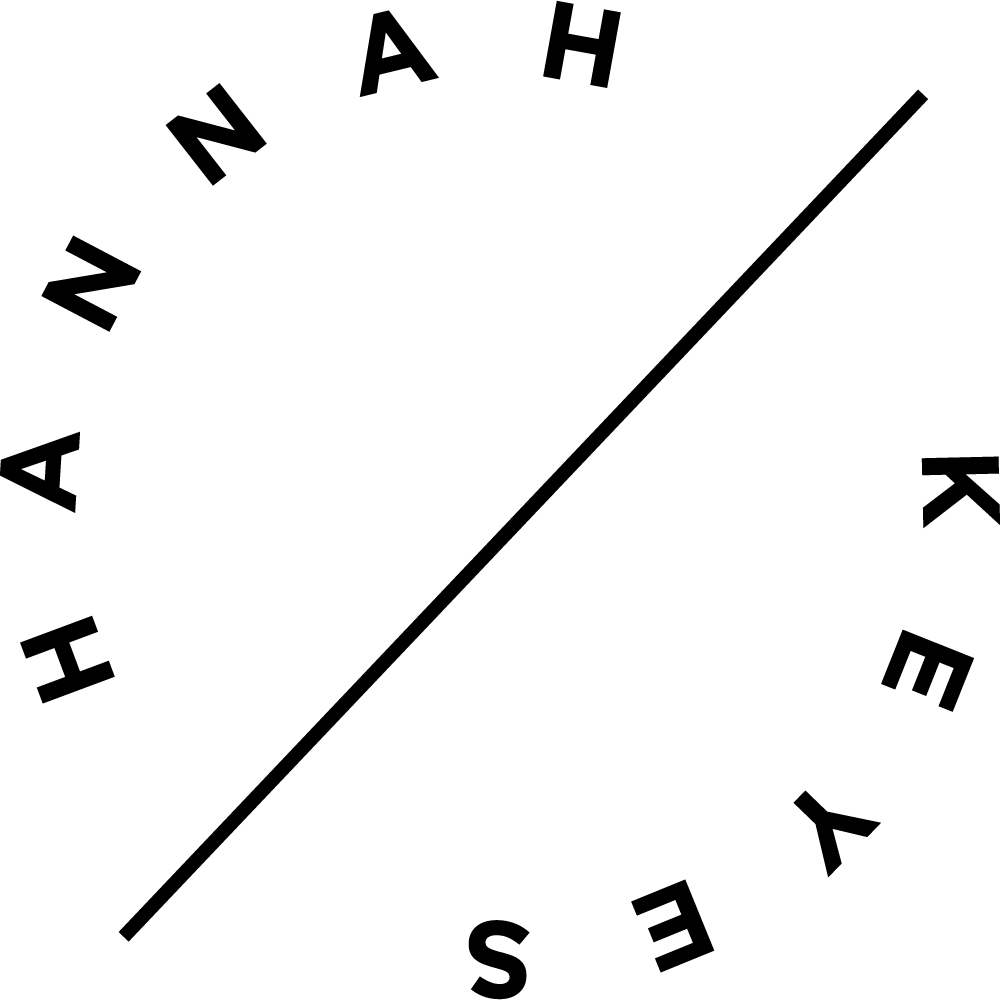I've redefined almost everything I believed about my life, success, and self-care over the last 3 years in burnout recovery.
Even the things I thought would be true when I started full-time recovery, have slowly changed over these years.
There has been so much trial and error.
Lots of failure (or learnings, if you will) and pushes to try again. Shifts in the words and language I use—internally and externally. Holding my own discomfort instead of constantly trying to prevent the discomfort of others.
All things that stacked like legos into a wall of burnout that I slammed into—repeatedly over the years.
Now I'm slowly dismantling them one-by-one.
I think in past burnout recovery attempts, I tried to take a wrecking ball to the wall. And it did work, kinda.
The problem was that it left large chunks intact. Allowed a crane to come through and quickly reassemble the wall. Coming back together in a way that made it hard to see that the actual structure of the wall was to blame, not just the wall as a whole.
It needed to come down, systematically. Individually. Every piece being reviewed and readjusted to build a wall that wasn't so tall, that had checkpoints, and gates for support to get through easier.
I'm really running with this metaphor but I guess what I'm trying to say is that burnout is journey for everyone. It looks different, can have different causes, and will have different journeys to recovery.
There are of course similarities on the road to burnout, which is what I want to dig into with you today.
The Warning Signs
There are so many things I wish were taught in school that aren't. True self-care, adulting (on every level) and so much more.
And sometimes, I wonder what my life may have looked like if I had known what to look for with burnout sooner. That's a slippery rabbit hole we (and I) don't go all the way down because hello late-diagnosed chronic illness and neurodivergence.
While I've come to terms with how I got to where I am, I will forever be a strong advocate for burnout prevention for a few reasons:
I don't want anyone to struggle the way I have for 15+ years.
If you've experienced chronic burnout, preventing it becomes the new status quo.
One of my favorite therapists on TikTok is Kobe Campbell, and her perspective on burnout is one of my favorites. That experiencing burnout is a sign that we are on the right track to healing our trauma because the lives we build through the lens of our dysregulated state should never be sustainable for someone who's healing.
It's as poetic as it is true.
After 5 burnouts and 3 years focusing on recovery, I still constantly come back to one resource.
The 12 Stages of Burnout, or as I like to call it: the roadmap to burnout.
It was originally published as a 12-stage model of burnout developed by psychologists Herbert Freudenberger and Gail North in 1992.
In 2014, a study was done in Vienna to look at the reliability of the model to be used for routine preventative screenings at medical check-ins and online that concluded, "The screening tool developed proves to be a reliable, time-efficient and descriptive tool for the early documentation of potential psychological stress factors."
So what are the 12 stages?
I'm glad you asked.
The Compulsion to Prove Oneself: demonstrating worth obsessively; tends to hit the best employees, those with enthusiasm who accept responsibility readily.
Working Harder: an inability to switch off.
Neglecting Needs: erratic sleeping, eating disrupted, lack of social interaction.
Displacement of Conflicts: problems are dismissed; we may feel threatened, panicky, and jittery.
Revision of Values: Values are skewed, friends and family dismissed, hobbies seen as irrelevant. Work is the only focus.
Denial of Emerging Problems: intolerance; perceiving collaborators as stupid, lazy, demanding, or undisciplined; social contacts harder; cynicism, aggression; problems are viewed as caused by time pressure and work, not because of life changes.
Withdrawal: social life small or nonexistent, need to feel relief from stress, alcohol/drugs.
Odd Behavioral Changes: changes in behavior obvious; friends and family concerned.
Depersonalization: seeing neither self nor others as valuable, and no longer perceive own needs.
Inner Emptiness: feeling empty inside and to overcome this, look for activity such as overeating, sex, alcohol, or drugs; activities are often exaggerated.
Depression: feeling lost and unsure, exhausted, future feels bleak and dark.
Burnout Syndrome: can include total mental and physical collapse; time for full medical attention.
The stages range from easily dismissed (1-3) to avoidant (4-6) to depression (7-11) to downright dangerous (12).
It wasn't until my 3rd burnout that I realized how chronic my patterns were and I dove into burnout research like it was the air I needed to breathe.
For reference, this study in Vienna wasn't even published when I hit my 3rd burnout in 2012/2013. 🫠
I call this the roadmap to burnout because when we can be honest about thoughts, feelings, and actions—it tells you exactly how far down the proverbial rabbit hole you are.
Like many things in life, you have to acknowledge where you are to be able to address it.
The most important to watch for is the first 3 stages—the easily dismissed which I've dubbed:
Overachieving
Hyper-productivity
Self-neglect
Okay, but why these? Well, a few reasons:
Catching them at this stage allows for faster and easier course correction.
They are commonly excused by those who are hustling and will "slow down once you hit X point."
Society rewards these behaviors. ooof.
For neurodivergent folks, they are so closely tied to the way our brains thrive and dive with energy fluctuations making it hard to separate from the everyday norm.
At the end of the day, burnout can be both individual and systemic. Happen to both neurotypical and neurodivergent folks. Can happen because of work and your personal life (sometimes both at the same time which is a f*@king doozy.)
While no single one of us can change the entire societal work culture overnight, we can: (1) become aware of how burnout happens to us (and why), (2) adjust our habits to be more sustainable and value aligned, and (3) advocate for burnout prevention and support at work and in our communities.
With that in mind, this week I'd like you to...
Try This:
The Burnout Inventory
As we all gear up for the holiday season with increased "squeeze this in before we're OOO" deadlines, extra social functions, and for many (women especially) the increased mental, physical, and emotional labor that goes into creating "holiday magic", it's important to be honest with ourselves and aware of our needs as we dive in head first to the coming season.
YOUR EXERCISE:
Notice where you are on the roadmap to burnout.
Choose one of the below immediate steps you can take if you suspect you are headed down the road to burnout and take action on it this week.
FIVE WAYS TO COMBAT BURNOUT:
Take a Burnout Inventory. The Maslach Burnout Inventory (MBI) Self-Test is the most widely used burnout assessment, though I will note that it is mostly work-related.
Get to know your ultradian rhythms. Check out the Basic-Rest Activity Cycle blog post and snag the workbook to chart your unique ultradian rhythm. Curious about your other biological rhythms that impact energy and productivity—check those out here.
Do an energy audit. Track activities and energy levels throughout your day for one week. The easiest way to get started is by finding your productivity archetype and downloading your free in-depth guide which includes an energy tracker designed just for your archetype.
Start a "sunset routine". Shut off all screens and disconnect for the last 2 hours of your day. Read a physical book, do a creative hobby/activity, do a household closing routine, spend extra time on your skincare, etc. The goal is to shutoff outside expectations.
Complete the stress cycle. Just because you remove stressors from your life or routine, doesn't make the stress inherently leave your body. There are 6 ways to complete the stress cycle: (1) physical activity, (2) creativity, (3) laughing, (4) crying, (5) physical affection, and (6) deep breathing. Watch a quick video overview of these steps by authors Emily Nagoski Ph.D. and Amelia Nagoski, D.M.A who discuss it in detail in their book, Burnout: The Secret to Unlocking the Stress Cycle.
Remember, acknowledging where you are is the first step to making necessary changes to accommodate your needs. Give yourself lots of love and grace as you process.
If you're feeling overwhelmed or unsure where to start, that's okay too. Sometimes, just pausing to check in with yourself is the most important action you can take. Trust your instincts and choose the method that feels most doable at this moment for you 🫶
From My Journal
I successfully made it through the first week of my new meds. I knew it would be an adjustment but I wasn't prepared for the whiplash.
When you are used to your best energy baseline being a 5 out of 10, and you get to a 7-8—it feels absolutely incredible. But when my #LethalLuteal hit, I wasn't ready for the emotional whiplash of going from an 8 to a 3 instead of my usual 5 to a 3.
There is so much emotional self-care that comes with being chronically ill. It feels like a constant game of one step forward and anywhere from two to infinity (on the worst days) steps back.
It meant leaning on my tools to connect with my body. Adjusting my expectations of myself. Asking for help because physical pain flareups. Reminding myself that it's not my (or my body's) fault. That I can be angry but I don't get to take it out on myself.
I don't think I'll ever feel like I have this figured out. Whatever this is. But it was a good reminder of why I'm creating this life for myself, carrying these passions for accommodation, and building a community of people who want to do the same. Thank you for being part of it. I'm glad neither of us have to do it alone.
WHAT I'M LOVING:
Winter is coming and I'm officially in my slouchy sock era. These are so comfy and have the perfect staying slouch.
Do you have a fav GF dessert? I'm looking for a dessert to make for Thanksgiving this year that is gluten-free (dairy-free would also be great but not required) that could pass for as-good-as-the-real thing. I've got a couple ideas but if you have a go-to GF dessert, I'd love to know what it is!
I realized the other day that I've been wearing the same glasses frames for 5 years now so I'm on the hunt for some new shapes, colors, and styles to snag before the end of the year. These have honestly survived everything (ie. being dropped 89,435,703,498,635,860,945,823,459 times) and I got them for $30 on Zenni. Where is your favorite place to buy glasses online?
HAVING A GREAT TIME HERE?
Here's a few ways you can let me know:
Option 1: 💌 Share with a fellow creative or business owner. Community starts with each of us and friends don't let friends chase their dreams at the expense of their mental health! If you know someone seeking more sustainability and harmony in their life and/or business, send this their way.
Option 2: 👋 Say hi! Hit reply and share a sentence or two about anything you enjoyed or hit home for you. I always hope these words find the right people at the right time, but it's always makes my day to hear from you!

